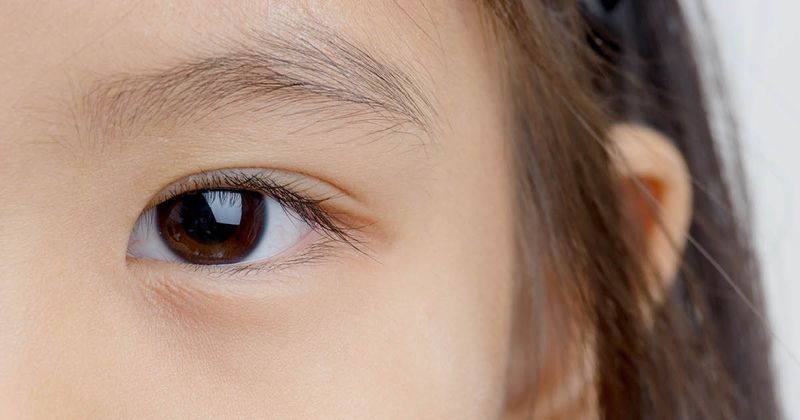Myopia benefit remains among older teenagers after discontinuing multifocal contacts
Key takeaways:
- Treatment effect was not lost after discontinuing multifocal lens wear in late teenage years.
- The findings support fitting children at a younger age and continuing until myopia progression naturally slows.
Children who wore soft multifocal contact lenses for myopia control had no loss of treatment effect after discontinuing the lenses as teenagers, according to a study published in JAMA Ophthalmology.
In the NIH-funded Bifocal Lenses in Nearsighted Kids 2 (BLINK2) study, 235 children with myopia aged 11 to 17 years who completed the BLINK randomized clinical trial wore high-add multifocal soft contact lenses (+2.50 D) for 2 years and switched to single-vision soft contact lenses in the third year.

David A. Berntsen, OD, PhD, Golden-Golden Professor of Optometry and clinical sciences department chair at University of Houston College of Optometry, and colleagues measured the patients’ axial length and refractive error in each year of the study to determine whether the benefit remained after patients discontinued treatment.
“There was concern that the eye might grow faster than normal when myopia-control contact lenses were discontinued,” Berntsen said in a related NIH press release.
At baseline, the mean axial length was 25.2 mm, and the mean spherical equivalent refractive error was –3.40 D.
According to results, axial elongation increased by 0.03 mm per year among all patients after switching to single-vision contact lenses, regardless of their assignment in the original BLINK study. The researchers also found an increase in myopia progression after switching to single-vision lenses (–0.17 D/year).
Compared with patients originally assigned to medium-add or single-vision treatment groups in the BLINK study, patients in the original high-add group had shorter eyes and less myopia at the end of BLINK2, according to the researchers.
“Our findings show that when older teenagers stopped wearing these lenses, the eye returned to the age-expected rate of growth,” Berntsen said in the release.
Reference:
- Contact lenses used to slow nearsightedness in youth have lasting effect. https://www.nih.gov/news-events/news-releases/contact-lenses-used-slow-nearsightedness-youth-have-lasting-effect. Published Jan. 16, 2025. Accessed Jan. 17, 2025.
